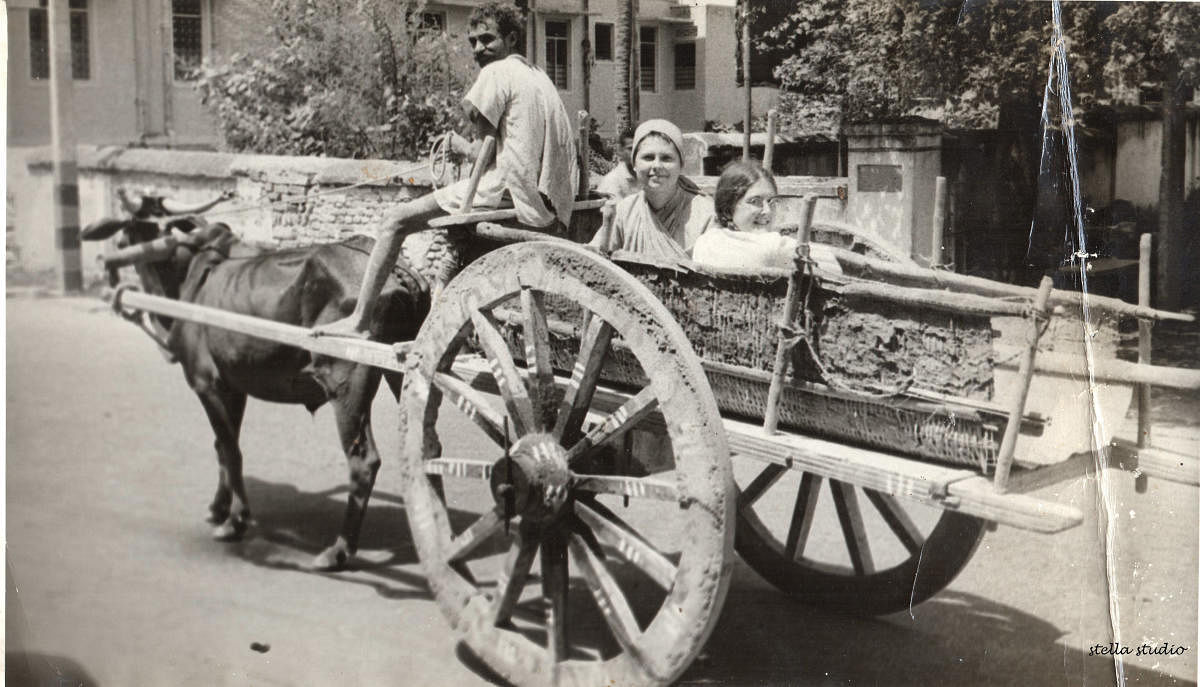
When we talk of the Partition, we often only talk about the north and east of India and the brutal killings and forced migration that broke out there. But, in fact, the India-Pakistan Partition displaced 10 to 20 million people across the subcontinent, including Bengaluru, which was the Mysore State then. A project by ReReeti Foundation is documenting this lesser-talked piece of history.
It’s called ‘Undivided Identities: Unknown Stories of the Partition’.
The Sindhi Colony in Cox Town was a direct result of the Partition, says Tejshvi Jain, founder-director of ReReeti that works to revitalise museums and heritage sites.
The colony was built in 1953 to house the Sindhi Hindus who had fled the newly-created Pakistan. About 1,400 families had come in then and that count now stands at 4,300.
Deepak Maharaj’s family had switched trains from Pakistan to Delhi to Mumbai to reach Bengaluru in September 1947.
The head priest of the Sindhi community in the city says, “My grandfather arrived with seven children and a few belongings that were packed in bedsheets and shawls. He left behind his cattle, his land of 700 acres, and his home in the Hyderabad province. He had buried gold coins in his land thinking he would go back when the tension settles and recover them. That never happened.”
Some also hid gold coins inside the wooden cot and some within the folds of their belt to escape the loot on the way, Jain learnt.
Unlike Maharaj’s family, not everybody came right after the Partition. Unlike Delhi, Bengaluru was far away, so these families, who were often large in numbers, needed to plan their journey well. And also, think of the consequences as the language, food, festivals, people, all were going to be different. “Many moved to Bengaluru later because they had relatives here (to get them started),” says Jain.
The initial years were difficult but soon, the entrepreneurial spirit of Sindhis would pave their future. “The Sindhi families would earlier survive on the government rations and resources pooled in by the community. My grandfather was a priest, so he did not find a job straight away. But gradually, the Sindhis started sourcing wooden toys from Channapatna, cotton fabric from Sarjapura, which was a village back then, and silk looms from Doddaballapur to sell them in the city,” Maharaj shares what his father had told him, who was five years old when he arrived.
“And women took to stitching (to make a living),” adds Jain.
As time wore on, they blended in the city. “Many of the shops one sees on Commercial Street are owned by Sindhis. They are philanthropic people, so you see schools set up by them (on Kumarakrupa Road, and Hebbal). They introduced Bengalureans to their food like the Sindhi kadi, Sao saag, and Pragari,” shares Jain.
She has not only interviewed the Sindhis but also Bengalureans of that time, 25 in total.
She explains why, “Not only migrants but residents of the city were also adjusting to the idea of a new, independent India. They were in the same boat, so they were co-operative.”
She wanted to interview the migrants from Punjab too but the pandemic made going to gurudwaras impossible.
“Gurudwara is a meeting point for old people, who might have seen the Partition. If I had connected with one, they would have put me on to others,” she explains.
Jain is not only documenting these stories for an exhibition but she’s also taking them to schools and colleges.
Through online workshops, students have got a chance to speak to the survivors and their families. They have understood the hardships and uncertainties the common man had to live through during the migration, and the realisation that this could very well be them someday is deep and sobering, she says.
Above all, it’s a lesson on why they must care for the past. “History teaches lessons and these lessons can help you avoid those mistakes in the future. Did we learn lessons from the Spanish flu? Or, take the case of the SARS outbreak. Bengaluru wasn’t affected but other parts of the world were, and so, they were able to adapt to the Coronavirus pandemic quickly,” she makes a case.